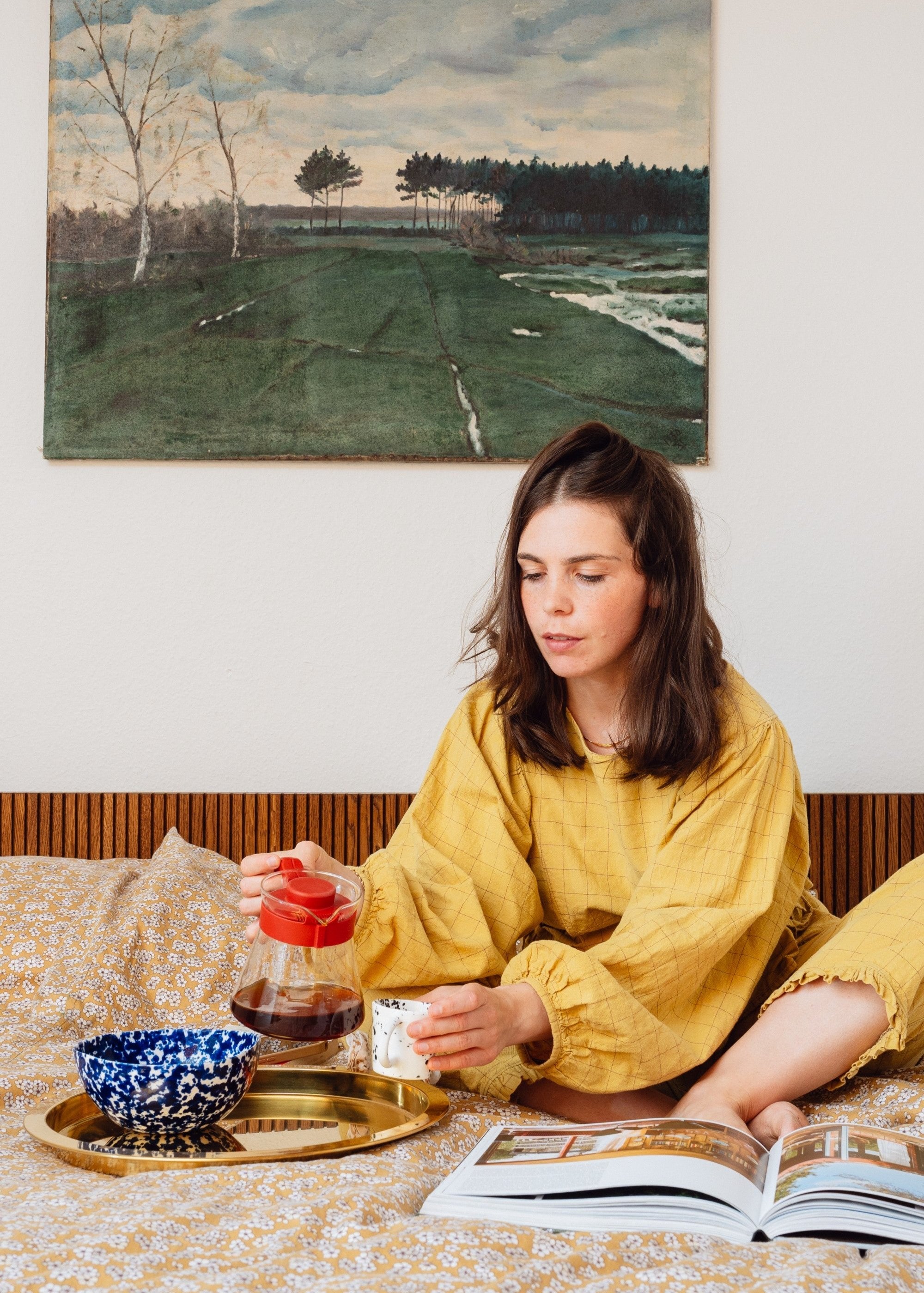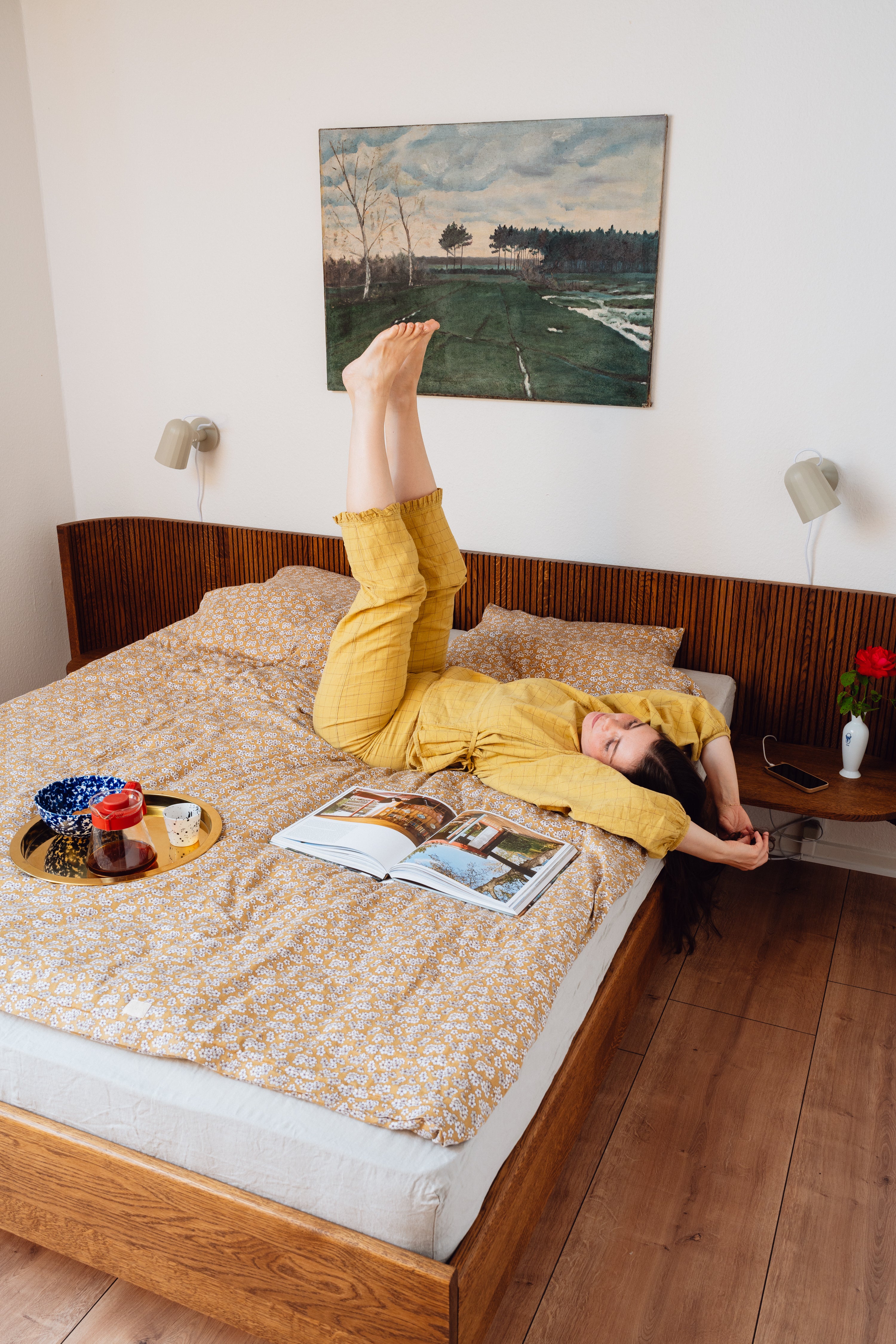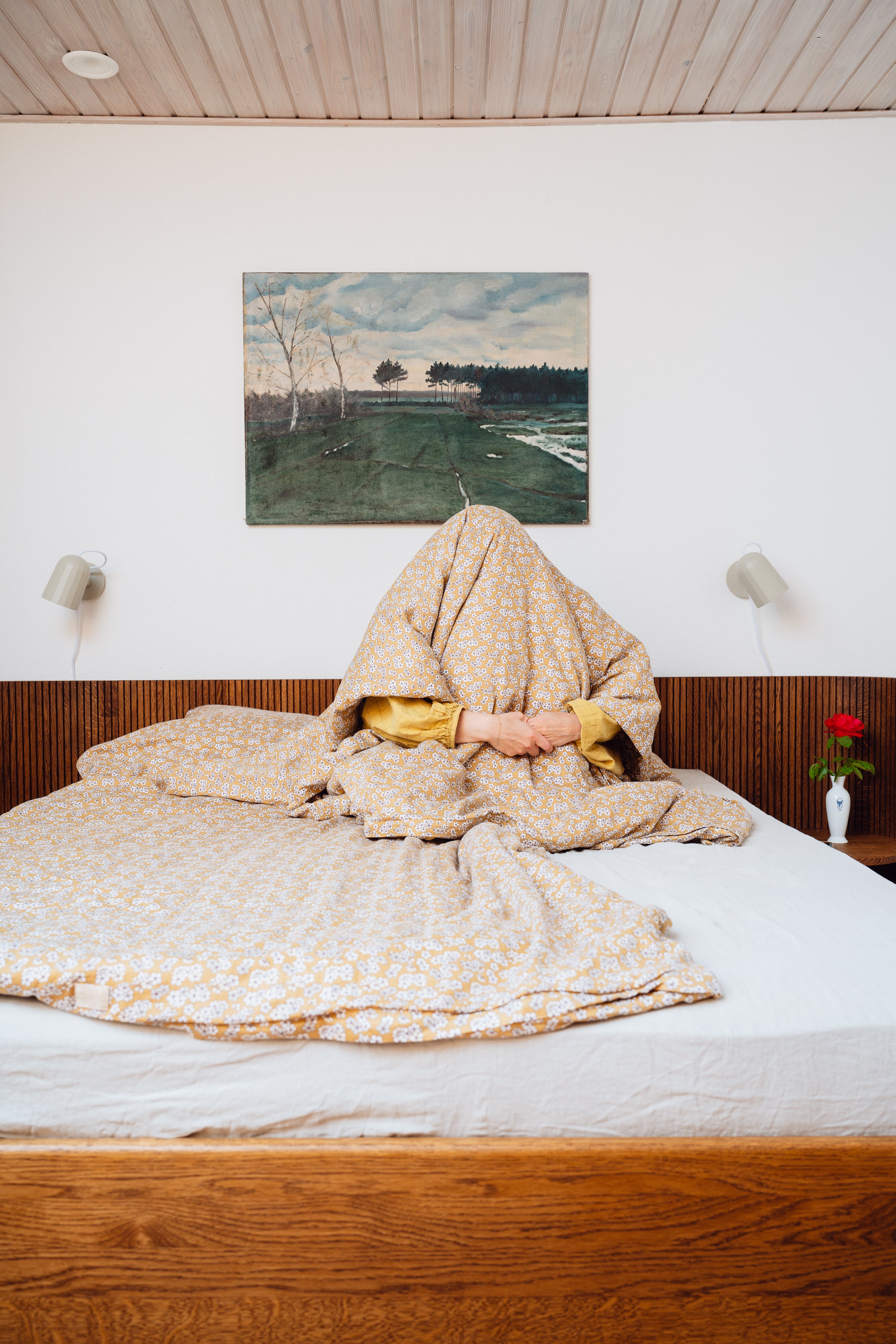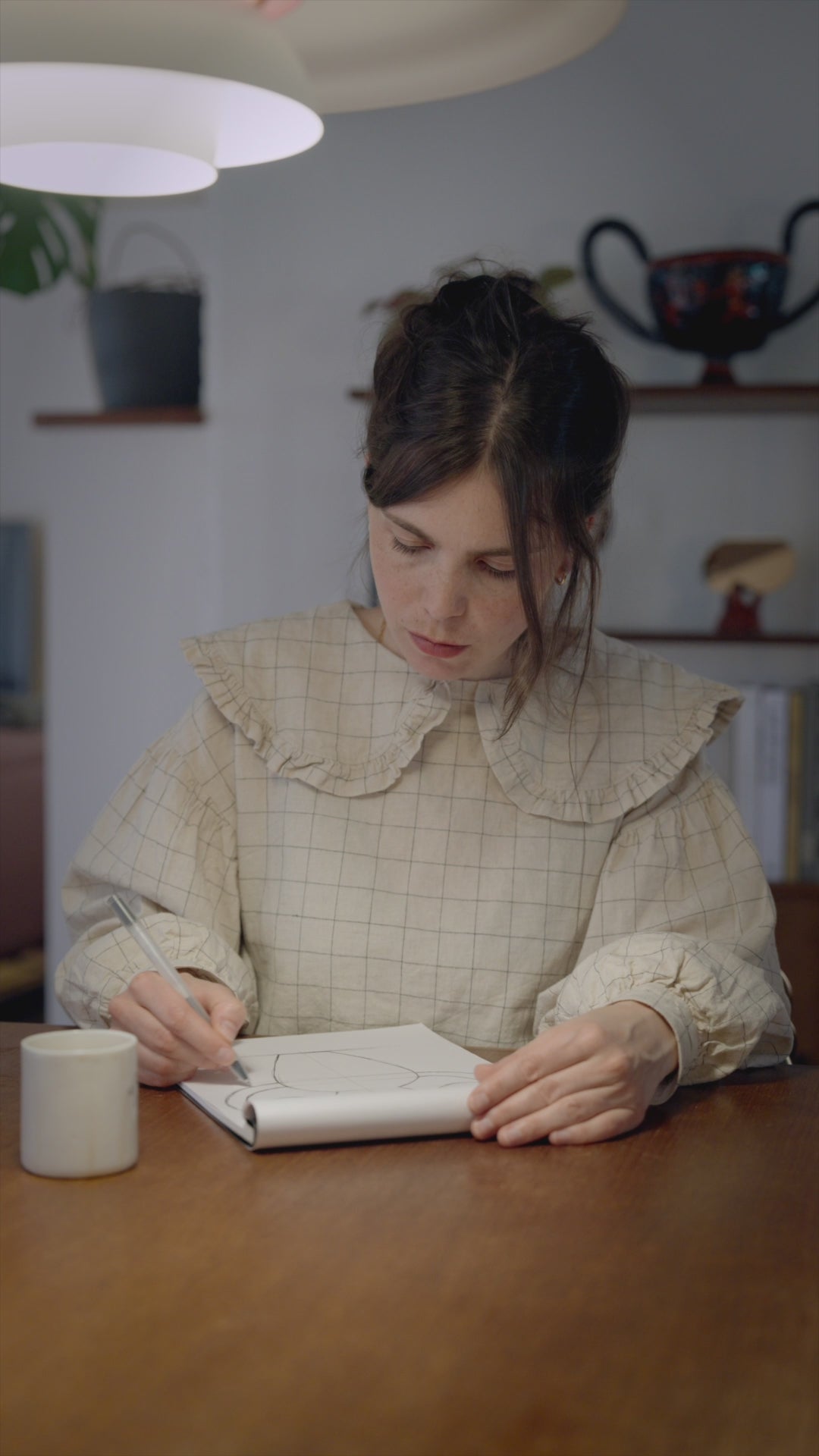When we become adults and start to know so much about life and the world already, our curiosity is satisfied and we stop being surprised. By keeping the child inside us, we can see the world anew. Experiment, play with materials and form, solve problems in a different and previously uninvented way.

Collab stories
Ola Mirecka
Ola Mirecka is a polish designer based in Denmark, graduate from the Warsaw Academy of Fine Arts (2010) and the Royal College of Art in London (2012) currently running her multi-disciplinary studio creating objects and experiences often combining traditional craft with new technologies.
Since 2014 she has been designing products for the LEGO Group. She was a judge on the LEGO Masters Polska TV show aired on TVN in 2020 and 2021.
Through hands-on, experimental and interactive processes, she is investigating how play can be used as a tool for innovation and how being playful can help to solve problems in the grown-up world.
Her work has been awarded and exhibited internationally, as well as featured in numerous publications.



Interview
Ola Mirecka & TAMO
Your works often refer to everyday life and children's sensitivity. Where do these interests come from?
Each project and work is a separate story. I try to include a story in the objects I create. Sometimes in a literal way as, for example, on my hand-painted Greek vases depicting scenes from life in the 21st century. Using the recognisable iconic black and red-figure vases from ancient Greece, I create my versions of the vessels and paint on them what I would like to pass on to future generations. It's a kind of time capsule game. Many of my projects refer to play. Apart from the fact that I recommend play to everyone every day to improve their mood, play is also a useful tool for designers. Children's sensitivity, their way of taking a fresh look at a world they don't yet know, is very inspiring. When we become adults and start to know so much about life and the world already, our curiosity is satisfied and we stop being surprised. By keeping the child inside us, we can see the world anew. Experiment, play with materials and form, solve problems in a different and previously uninvented way.
What are your favourite home rituals?
Our daily evening ritual is reading books. Sadly, at the moment our daughters (6 and 2 years old) prefer completely different literature and if we try to read to them together, it ends in biting and pulling hair. So we do it separately, me usually with the older one reading her something in Polish and my husband with the younger one in Danish. Or vice versa. And then we fall asleep together.
The second ritual is to make music together. Rasmus comes up with a melody on the guitar and the girls sing improvised songs about their few years old lives. It is a perfect way to calm down, even though they jump from one couch to another while singing.
Does the design of the new space like your home in Denmark take the form of a collaborative project? Does each member of the household have the opportunity to add something from themselves?
I am definitely the boss of this project! I love it. I can spend whole nights thinking about what to put where. Rasmus and I agree on all the changes. He has a good eye and good taste so we make decisions together. I love assembling, drilling and painting and I have the space to do it. Sometimes my older daughter helps me because she is also into it. The children contribute with their mess. The house is adapted to their needs. We have different play stations, not only in their rooms. I've accepted the fact that when you have kids, toys are everywhere. And I try to include that in my space solutions so that the house is for everyone.

Do you remember your first LEGO set project and do your children get a chance to play with it? Or is it more of a display piece on a shelf?
I enjoy bringing home the sets I have designed and my children love playing with them. I have managed to keep a few unopened boxes as souvenirs. On the other hand, it is the greatest pleasure to watch my kids play with something I have created.
What has been the biggest challenge in your artistic journey and how did you overcome it?
The hardest thing was probably the financial aspect. While studying in London it was really hard in that respect. Living in London and the school itself, the costs of materials. Fortunately, I have a supportive family and they helped me a lot at the time. I often had to limit my projects to what I could afford. To the materials I could buy without giving up food for the rest of the month. In contrast, at the RCA in London where I studied, I also had friends from incredibly wealthy families who had no limitations. It was really challenging, but I had lots of ideas. When designing, it's a luxury to have the budget to make mistakes, to do experiments. On the other hand, restrictions are good for developing creativity and cleverness. After all, this is what every designer deals with on a daily basis. So I survived these (wonderful) studies and learned to manage my resources well.
What have you managed to take from the Polish spirit to Denmark?
Our family is Polish-Danish, so it's a mix. We live in Denmark, but we have a very close relationship with our family in Poland. Warsaw is our second home. My children and husband like Polish soups the most in the world. We speak three languages at home: Danish, Polish and English. We learn about traditions from different countries. My older daughter has just started attending an international school and has friends from all over the world there. At home we have a lot of Polish furniture, ceramics, clothes and shoes. So we have taken quite a lot altogether, not just spirit.
Photography by Rasmus Laurvig


